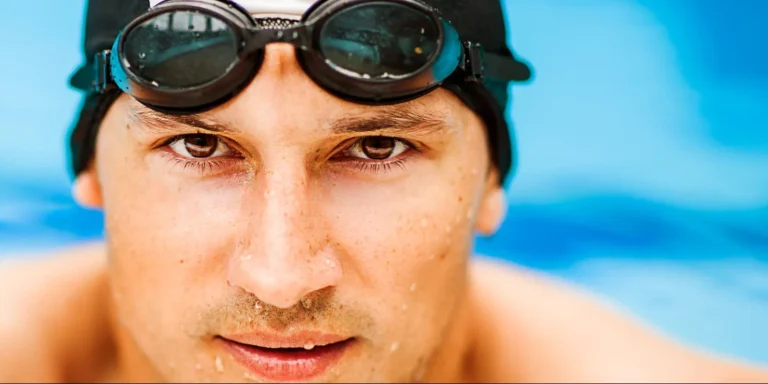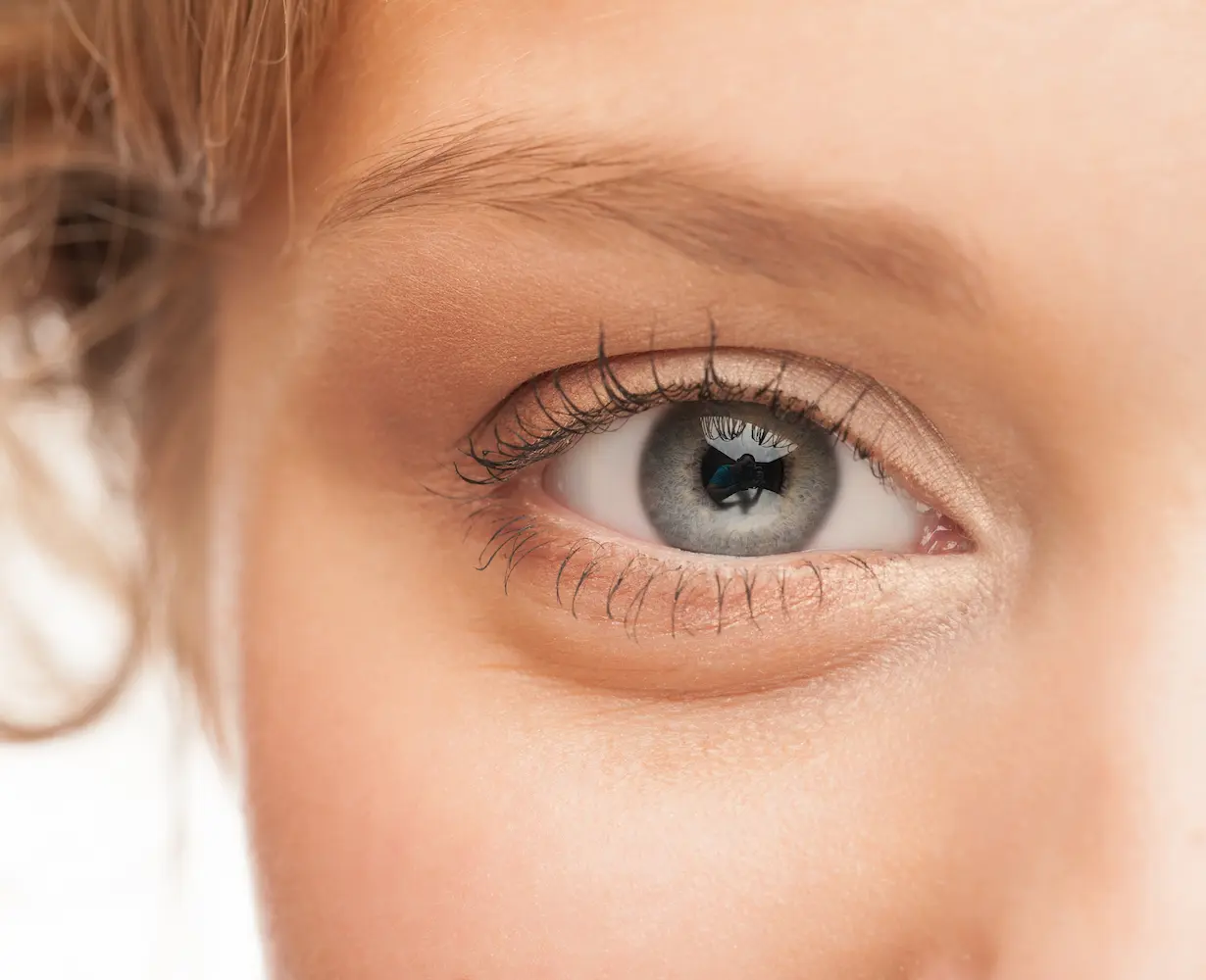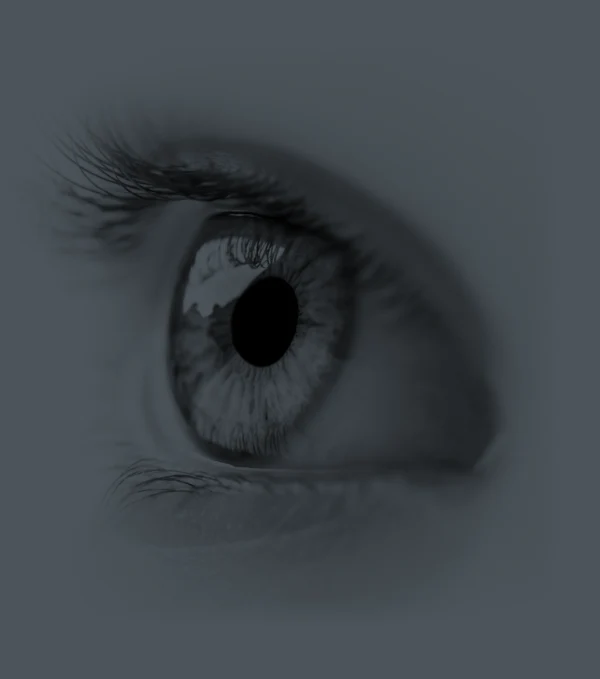
Corneal Collagen Cross Linking
Corneal collagen cross-linking (CXL) is a procedure used to prevent the progression of corneal ectasia, a condition in which the cornea thins and bulges due to structural weakness. CXL works by strengthening the collagen fibers in the cornea, making it less likely to change shape.
CXL is typically performed on patients with keratoconus, a condition in which the cornea gradually thins and bulges. However, the procedure can also be effective for a weakened cornea following laser vision correction. This post-LASIK condition is called keratectasia. Keratoconus and keratectasia can lead to blurred vision, glare, and halos. CXL can help to slow or stop the progression of keratoconus and
Trusted Source
Corneal Collagen Cross-Linking
Brad H. Feldman, M.D.
Go to Source
keratectasia.
What is corneal ectasia?
Corneal ectasia is a condition that occurs when the cornea, the front part of the eye, starts to thin and bulge out into a cone-like shape and causes blurred vision. Ectasia can be progressive, often beginning during puberty and worsening into the 30s and 40s. Symptoms may include the inability to correct vision to 20/20 with glasses or contacts, frequent prescription changes, blurry vision, glare, and halos. Treatment options for corneal ectasia include corneal cross-linking, Intrastromal Corneal Ring Segments (ICRS) or
Trusted Source
INTACS for KERATOCONUS
Yaron S. Rabinowitz, M.D.
Go to Source
Intacs
, and
Trusted Source
Trends in Corneal Transplantation in Keratoconus
National Library of Medicine
Go to Source
corneal transplants
.

How does CXL work?
Corneal Cross-Linking (CXL) is primarily designed to slow or halt keratoconus or keratectasia progression to preserve vision. The procedure is performed in three steps with a total procedure time of 20 to 40 minutes.
First, the superficial layer of the cornea, called epithelium, is removed gently by the surgeon. (In Epi-on CXL, the epithelium is left intact.) Second, Riboflavin (Vitamin B) is applied to the cornea. Third, UV light is shined on the cornea, which promotes cross-linking of the corneal collagen fibers. Following the procedure, a “bandage” contact lens is placed on the eye to promote the healing of the corneal surface.

What are the benefits and risks of CXL?
The benefits of CXL include:
- the potential to stop the progression of corneal ectasia and prevent the need for a more invasive corneal transplant
Trusted Source Comparing the cost-effectiveness of corneal cross-linking and penetrating keratoplasty in managing keratoconus Investigative Ophthalmology & Visual Science Go to Source surgery.
- the potential to stabilize or improve vision: In some cases, CXL can improve vision as the cornea becomes stronger and flattens.
- being a minimally invasive procedure: This means that there is less risk of complications than with other procedures, such as a corneal transplant.
The most common risks of CXL are:
- Blurriness, redness, and irritation: This is usually mild and goes away over time.
- Corneal haziness: This is not common, and mild to moderate amount does not affect vision.
- Infection: While very rare, it can permanently affect vision.
- Patients with keratoconus or keratectasia should balance the risks of CXL with the risk of progressive vision loss and other forms of corrective procedures.
What is the recovery process?
Wear protective eyewear or a patch for a few days after the procedure while the surface of the eye heals.
Use medication drops to prevent infection and reduce inflammation and discomfort.
You may experience some discomfort and blurred vision for several days to a few weeks following the procedure.
While the effects of cross-linking, including improvement in vision, can be seen after a few months, the full effect usually takes one to two years.
Is CXL covered by insurance?
Insurance coverage for CXL varies depending on the insurance plan. Some plans may cover the entire cost of the procedure, while others may only cover a portion of the cost. It is important to check with your insurance company to see if CXL is covered.
If you are considering CXL, it is important to talk to your doctor about the risks and benefits of the procedure. You can schedule a medical examination at CCRS, and Dr. Paul C. Lee can help you decide if CXL is right for you.
Contact Us to Learn More
1 https://eyewiki.aao.org/Corneal_Collagen_Cross-Linking
2 https://www.ncbi.nlm.nih.gov/pmc/articles/PMC3597221/
3 https://www.ncbi.nlm.nih.gov/pmc/articles/PMC5315534/
The doctors at CCRS have reviewed and approved this content.
